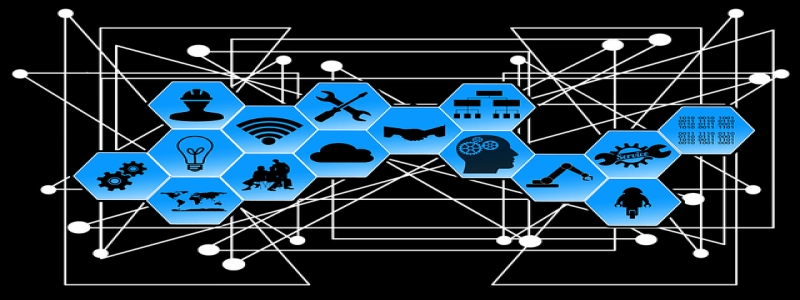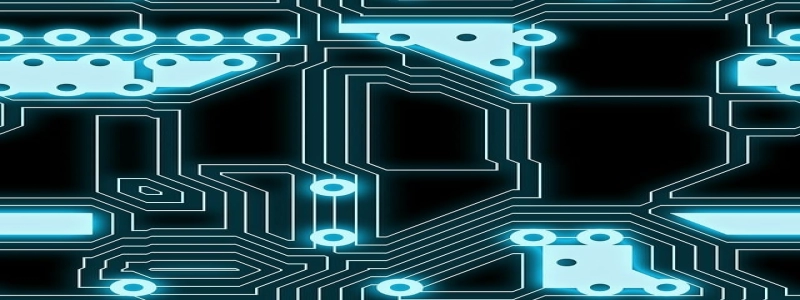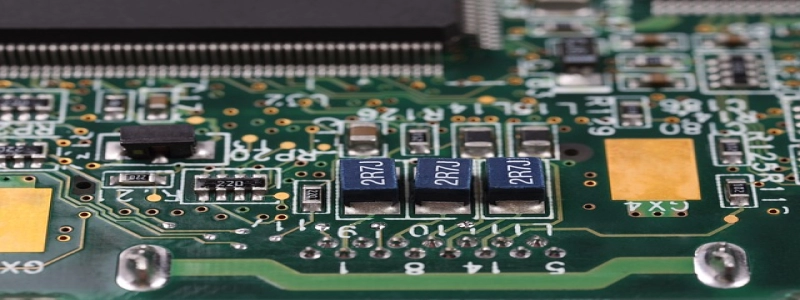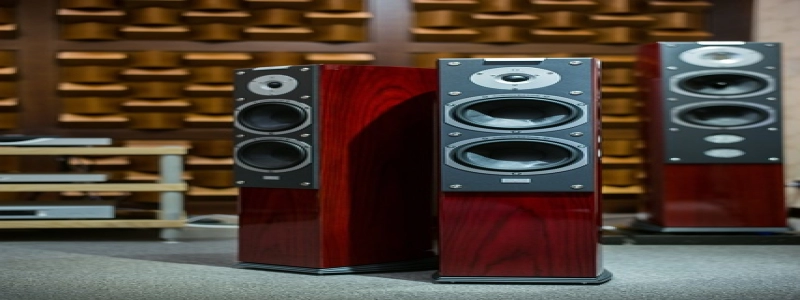Thin Ethernet
I. Introduction
Thin Ethernet, also known as 10BASE2, is a type of Ethernet networking standard that was widely used in the early days of computer networking. It was developed by Digital Equipment Corporation (DEC) and popularized by its simplicity and cost-effectiveness. This article aims to provide a detailed explanation of Thin Ethernet and its key features.
II. The Basics of Thin Ethernet
A. Cable Type
Thin Ethernet employs a coaxial cable, usually referred to as RG-58, for data transmission. This thin and flexible cable is easy to install and reduces the cost of cabling infrastructure.
B. Network Topology
Thin Ethernet uses a bus topology, wherein all devices are connected to a single cable, called the backbone or the main trunk. Devices are connected to the backbone using BNC connectors, and the cable forms a continuous loop with terminators at both ends.
III. Data Transmission
A. Baseband Transmission
Thin Ethernet utilizes baseband transmission, meaning that it uses the full bandwidth of the cable for data transmission. This allows for lower latency and faster communication between devices.
B. Media Access Control
Thin Ethernet uses a contention-based access control mechanism known as Carrier Sense Multiple Access with Collision Detection (CSMA/CD). Devices on the network listen for carrier signals before transmitting data to avoid collisions.
IV. Advantages of Thin Ethernet
A. Cost-Effectiveness
Thin Ethernet is a cost-effective solution for small to medium-sized networks. The cable and the connectors required for installation are relatively inexpensive compared to other networking standards.
B. Easy Installation and Expansion
The simplicity of the bus topology and the flexible nature of the cable make Thin Ethernet easy to install and expand. Adding new devices to the network is as simple as connecting them to the backbone cable.
V. Disadvantages of Thin Ethernet
A. Limited Distance
The length of the Thin Ethernet backbone cable is limited to 185 meters (608 feet). This restriction may pose challenges in larger network deployments or in scenarios where devices are located far apart.
B. Susceptible to Signal Degradation
Thin Ethernet is more susceptible to signal degradation and interference compared to other Ethernet standards. Any damage or poor connections in the cable can cause data transmission issues and network performance degradation.
VI. Modern Alternatives to Thin Ethernet
As technology advanced, Thin Ethernet became less popular and was replaced by more efficient networking standards, such as twisted-pair Ethernet (10BASE-T) and fiber optic Ethernet (10BASE-FL). These newer standards offer faster data transmission and longer cable distances.
VII. Conclusion
Thin Ethernet played a crucial role in the early days of computer networking by providing a cost-effective solution for small to medium-sized networks. Although it has been largely superseded by newer standards, understanding its features and limitations can give insight into the development of Ethernet technology over time.








